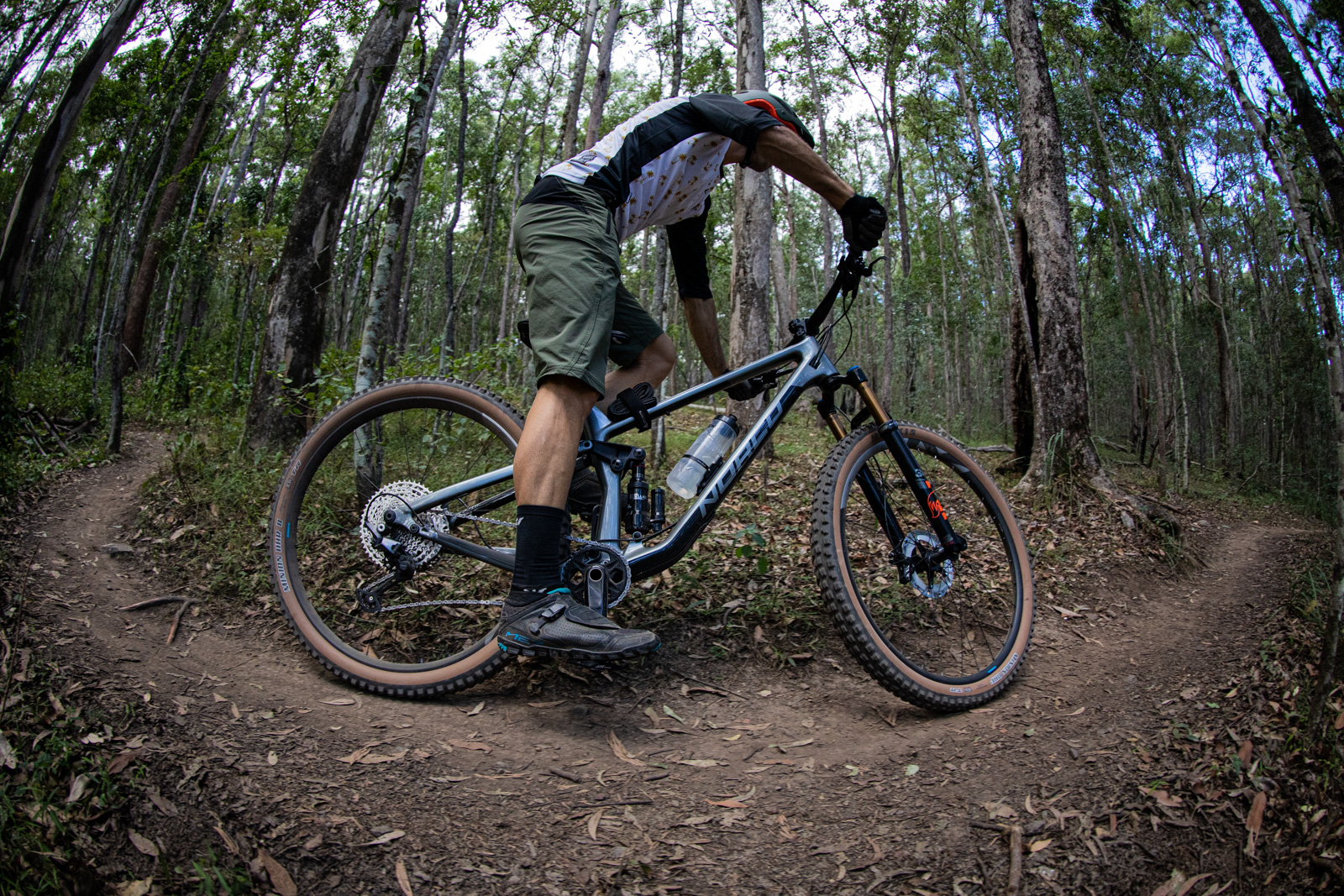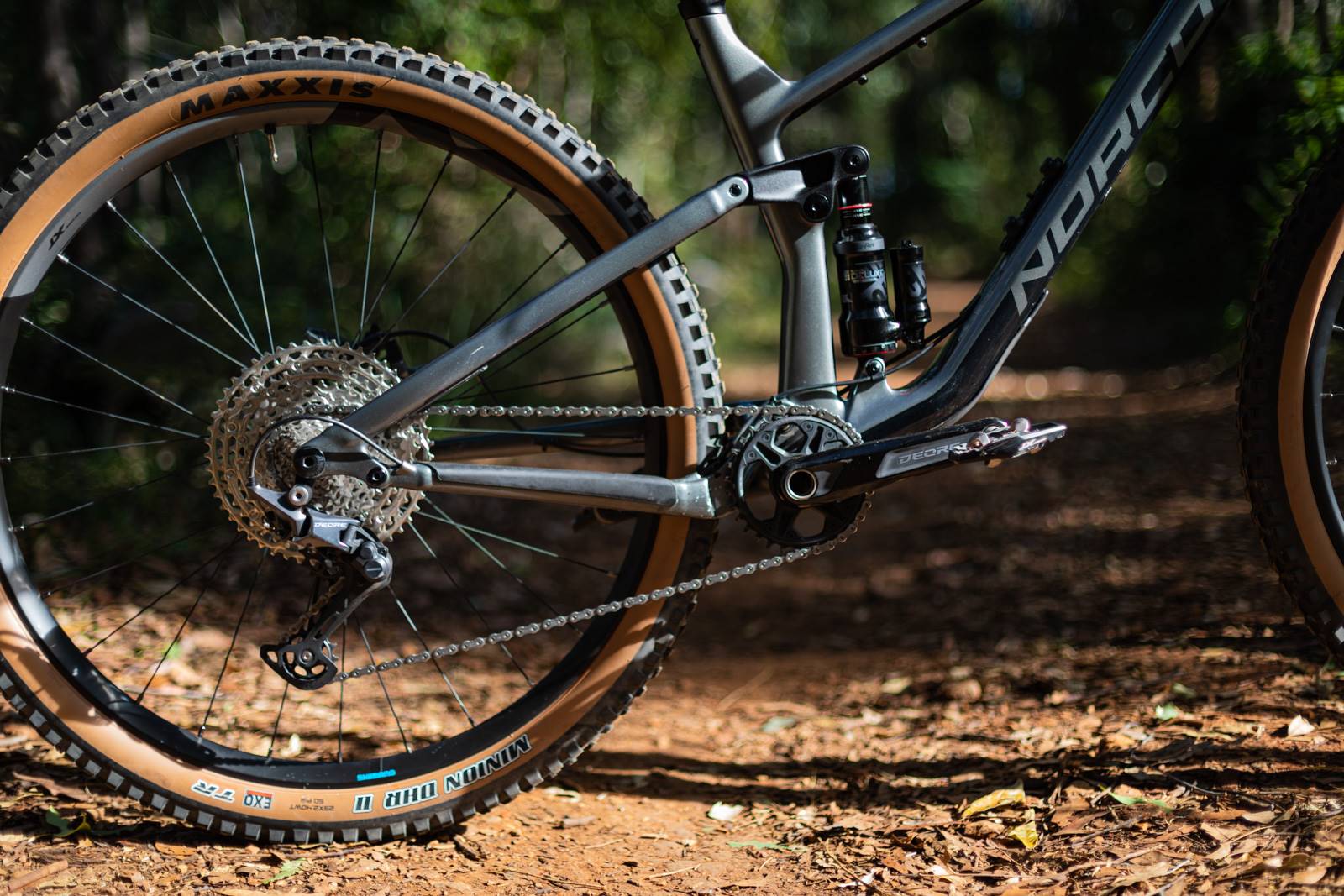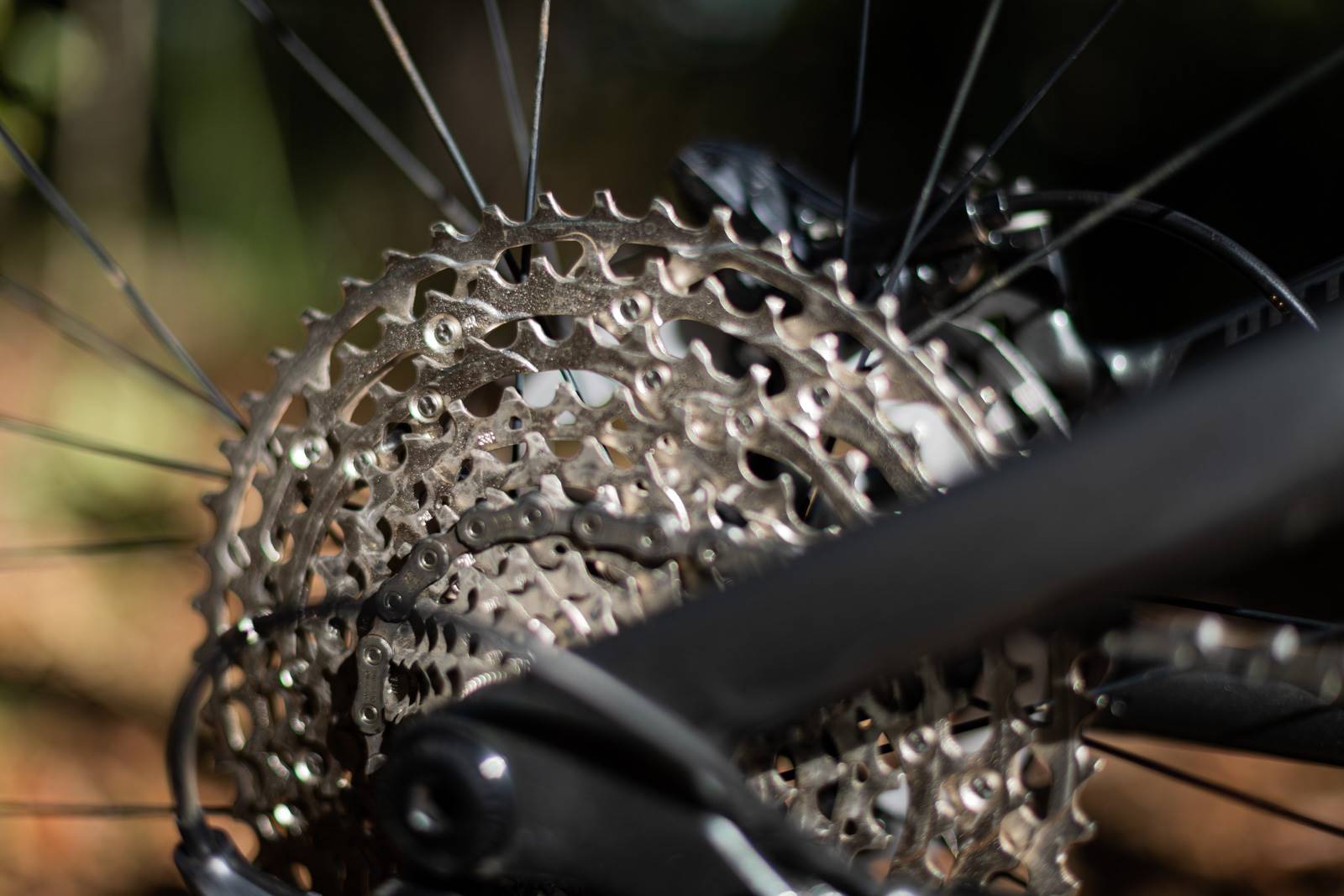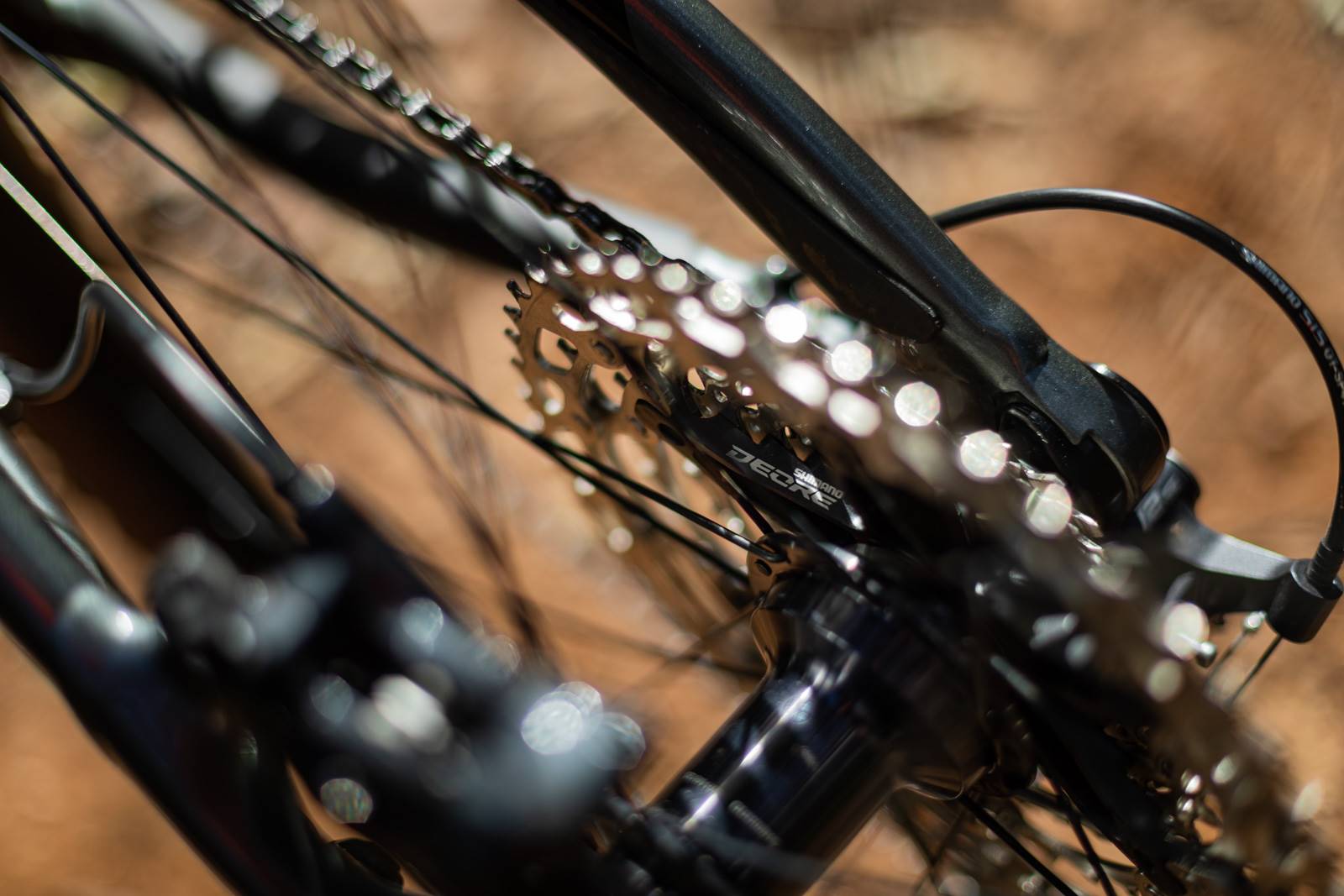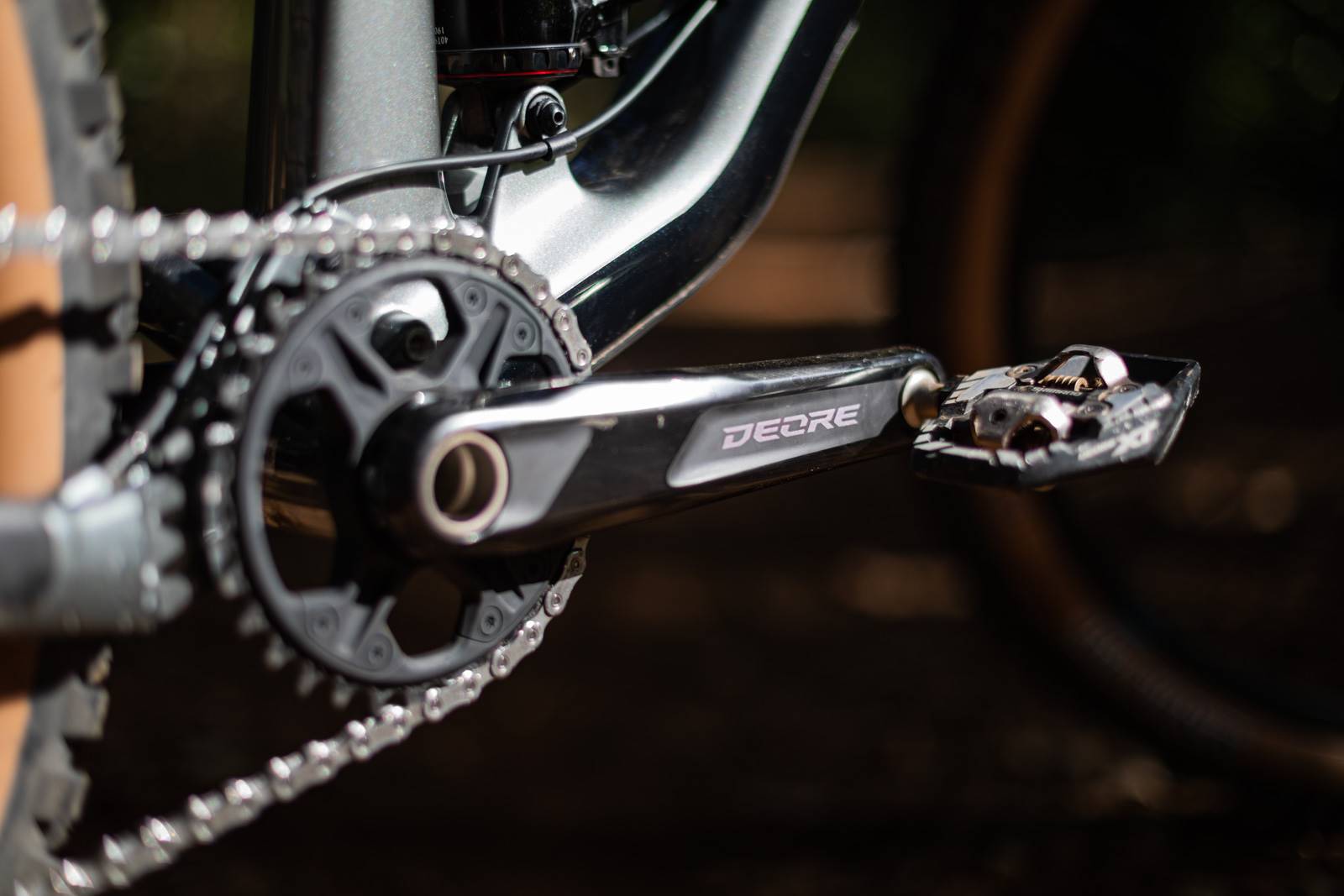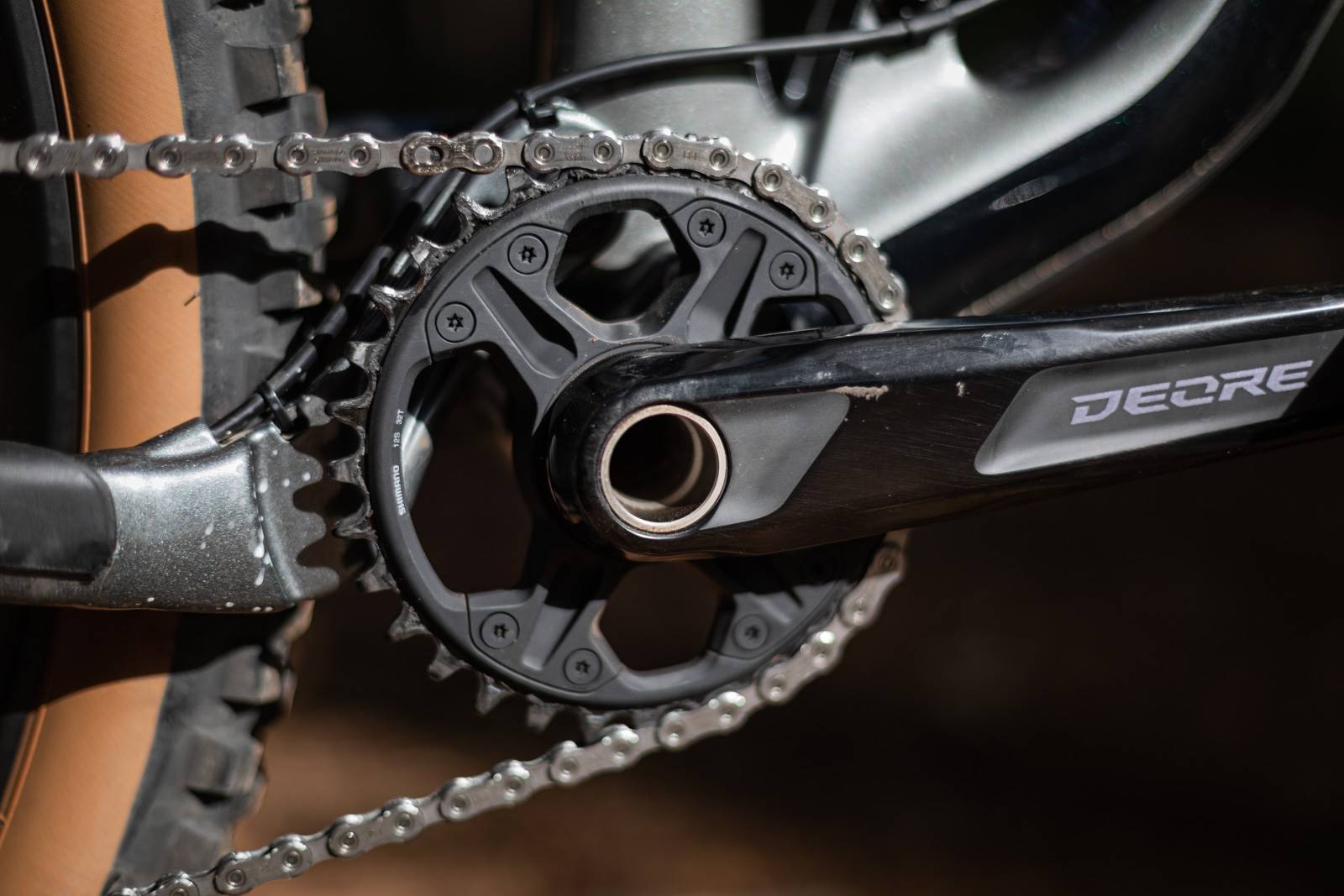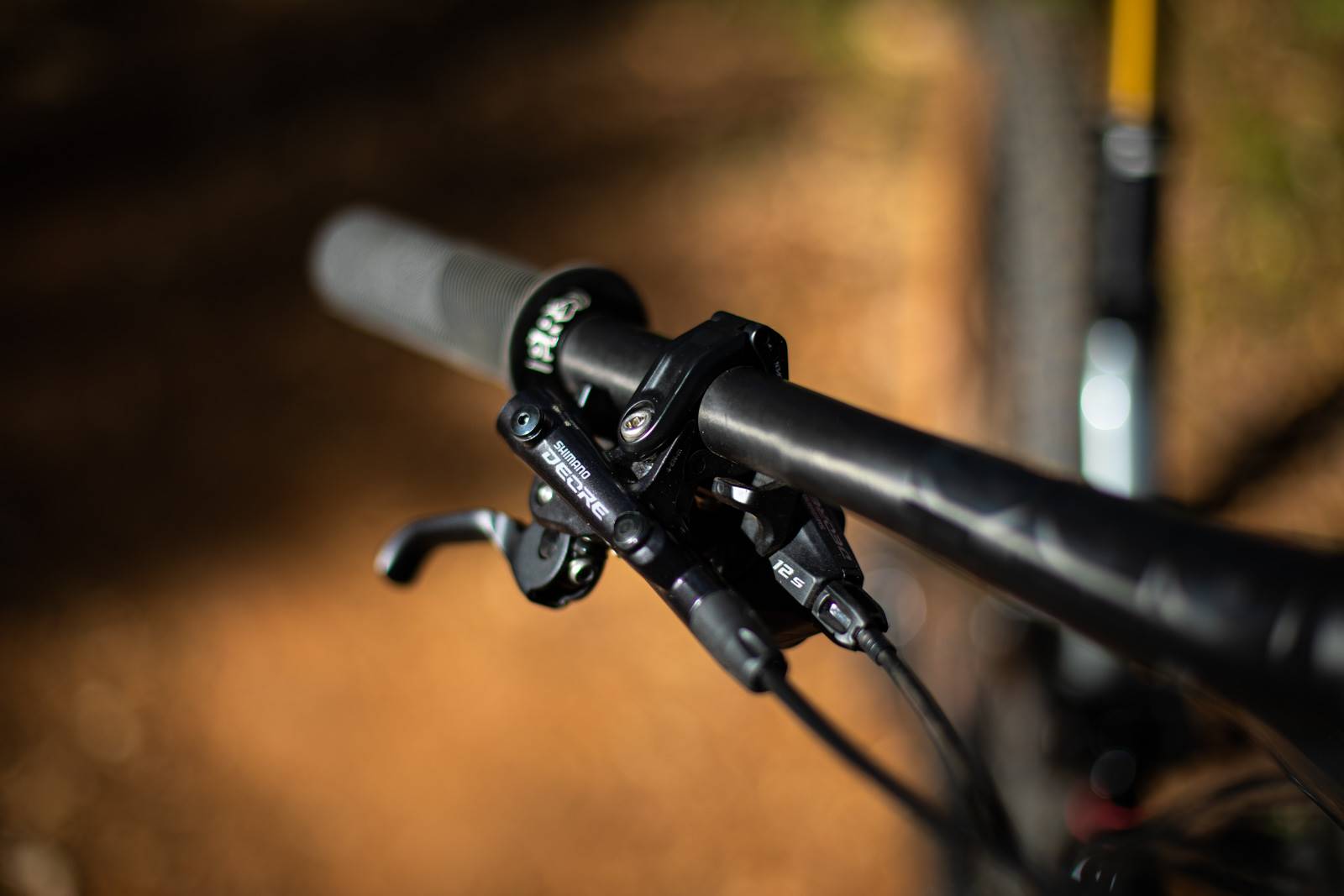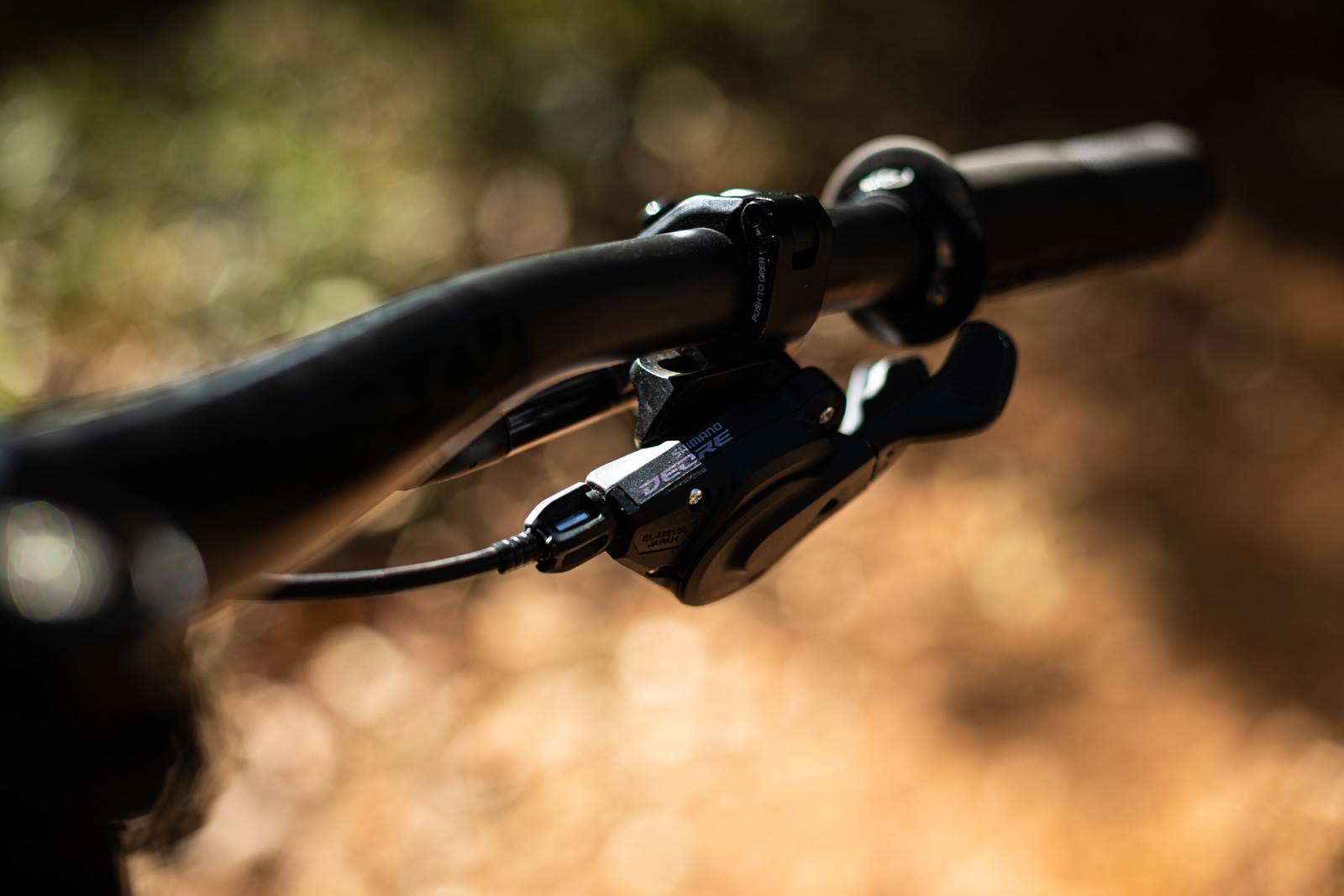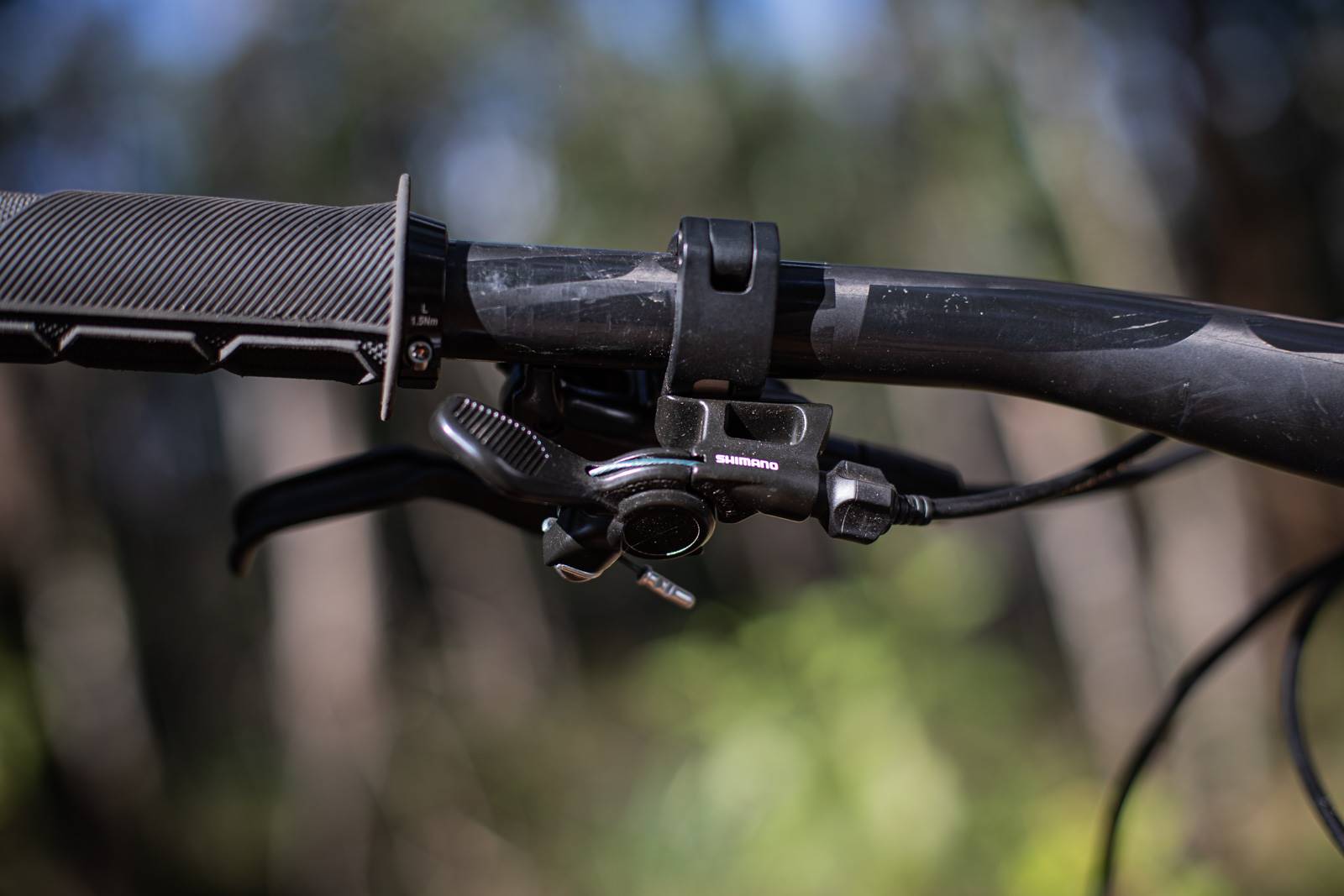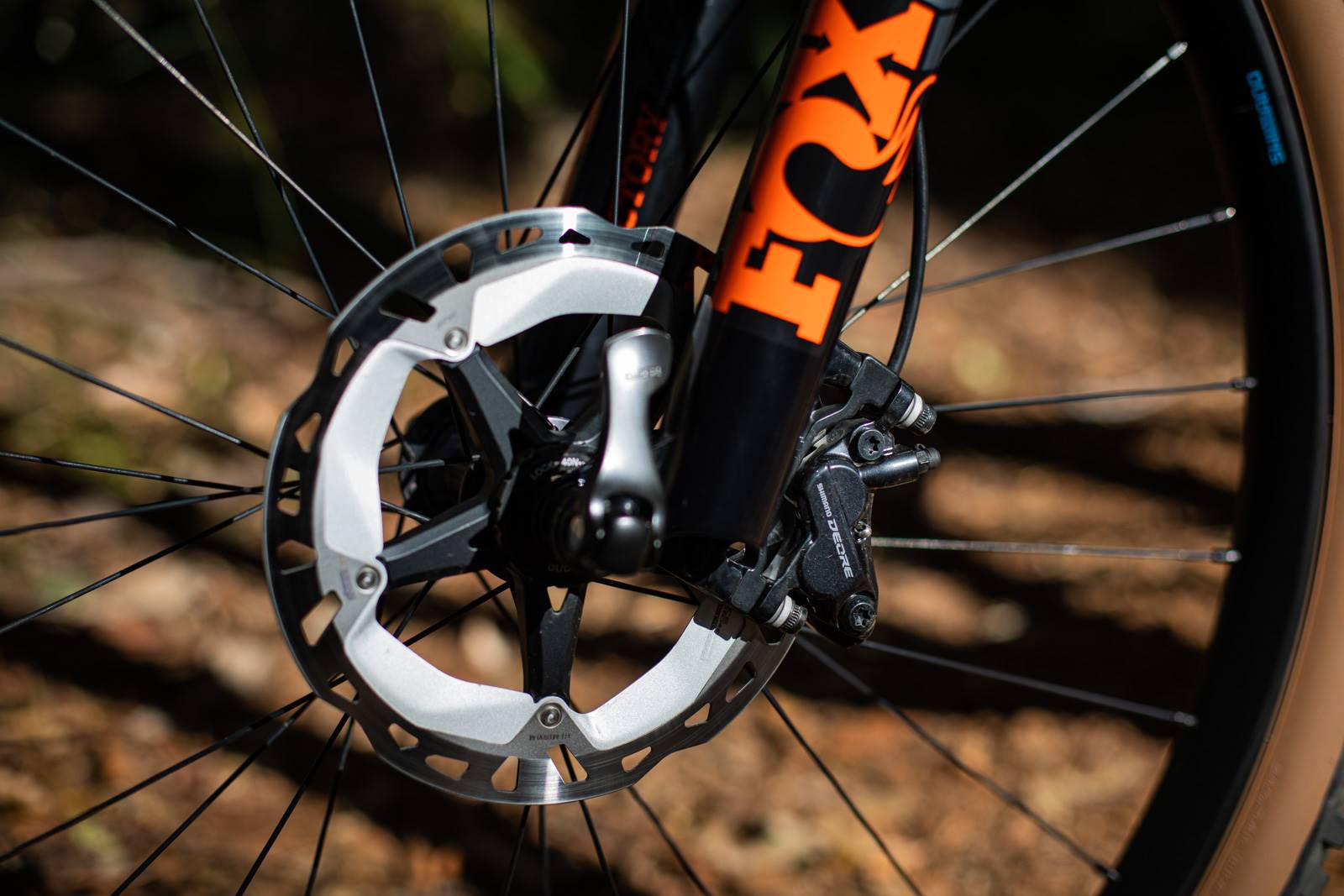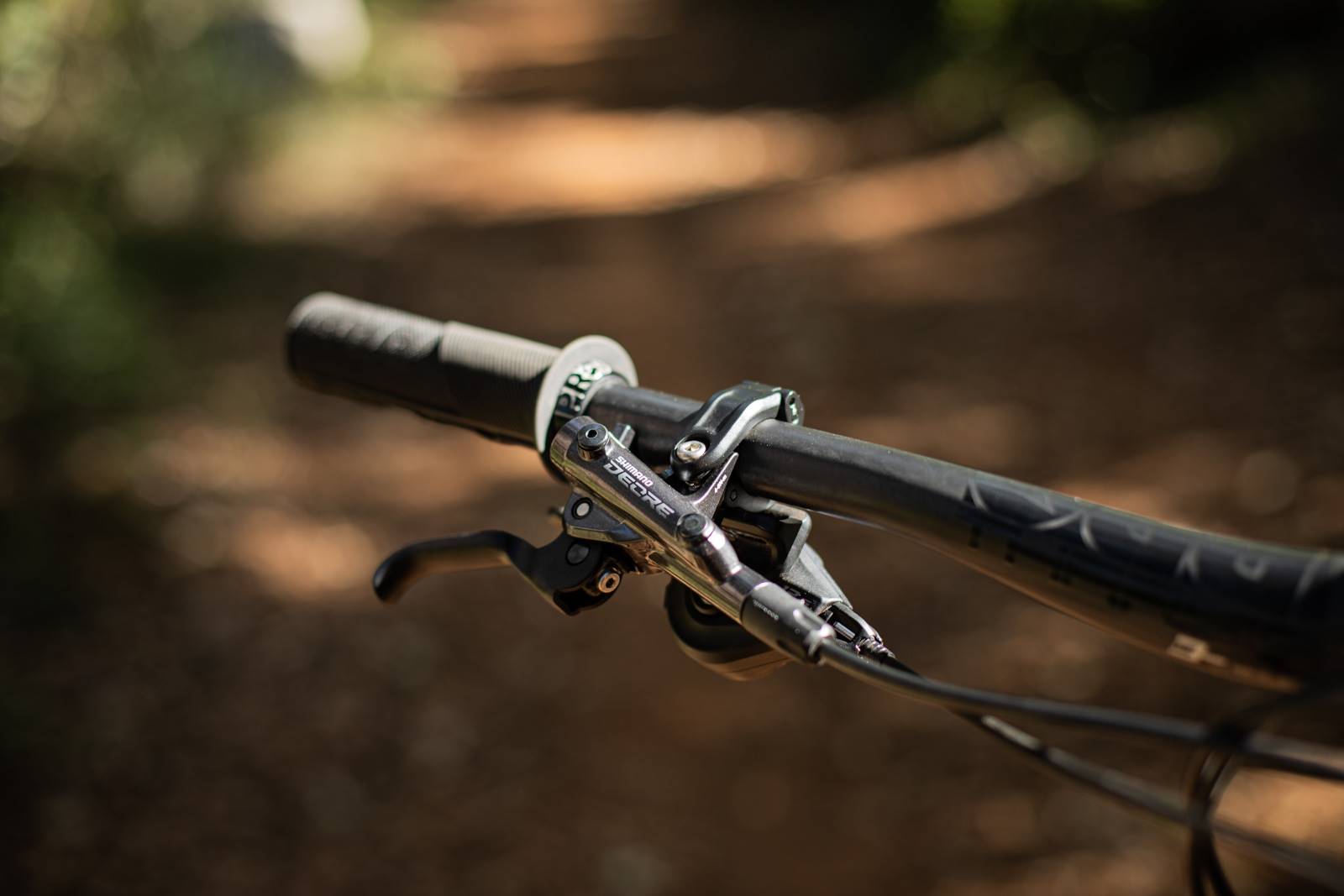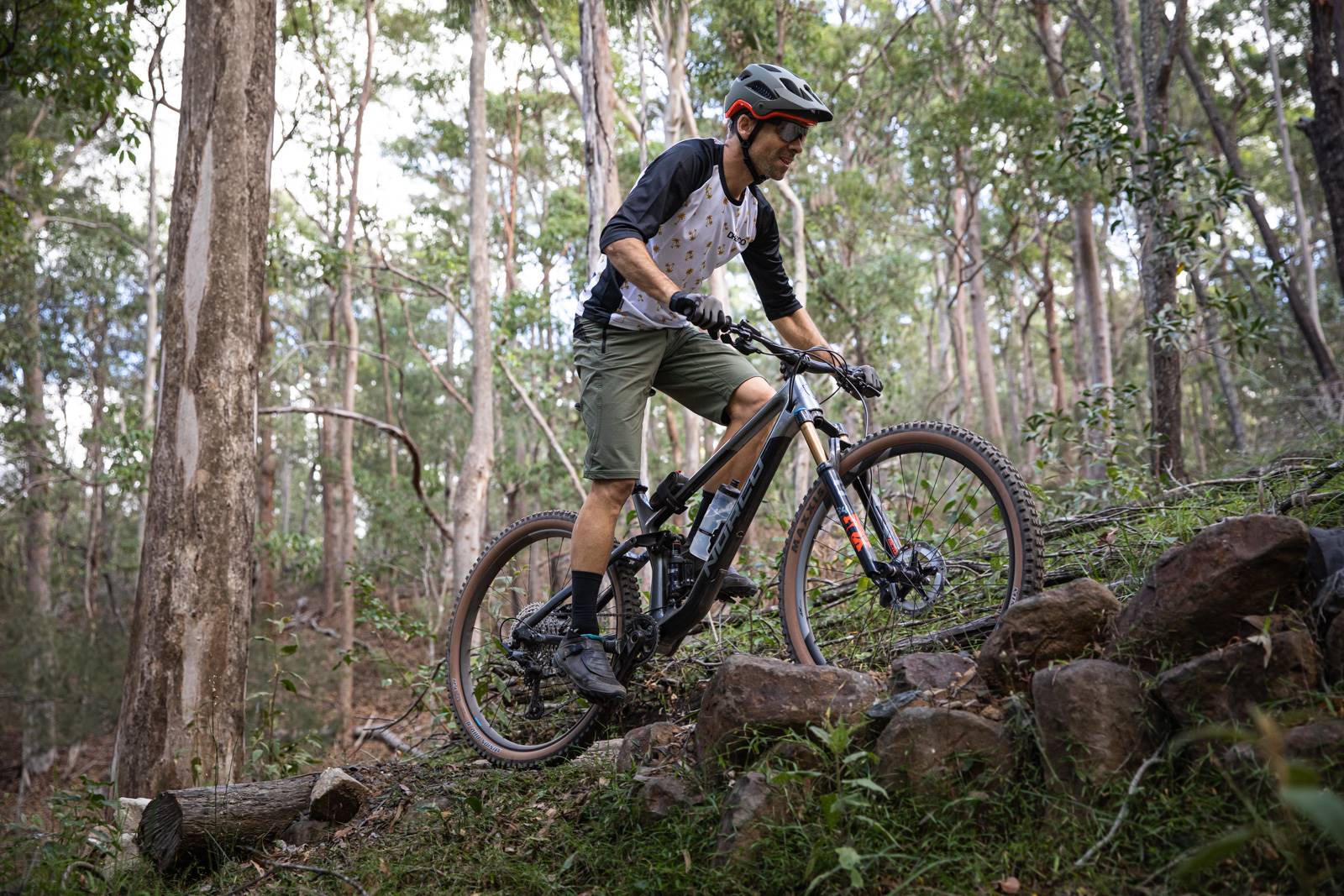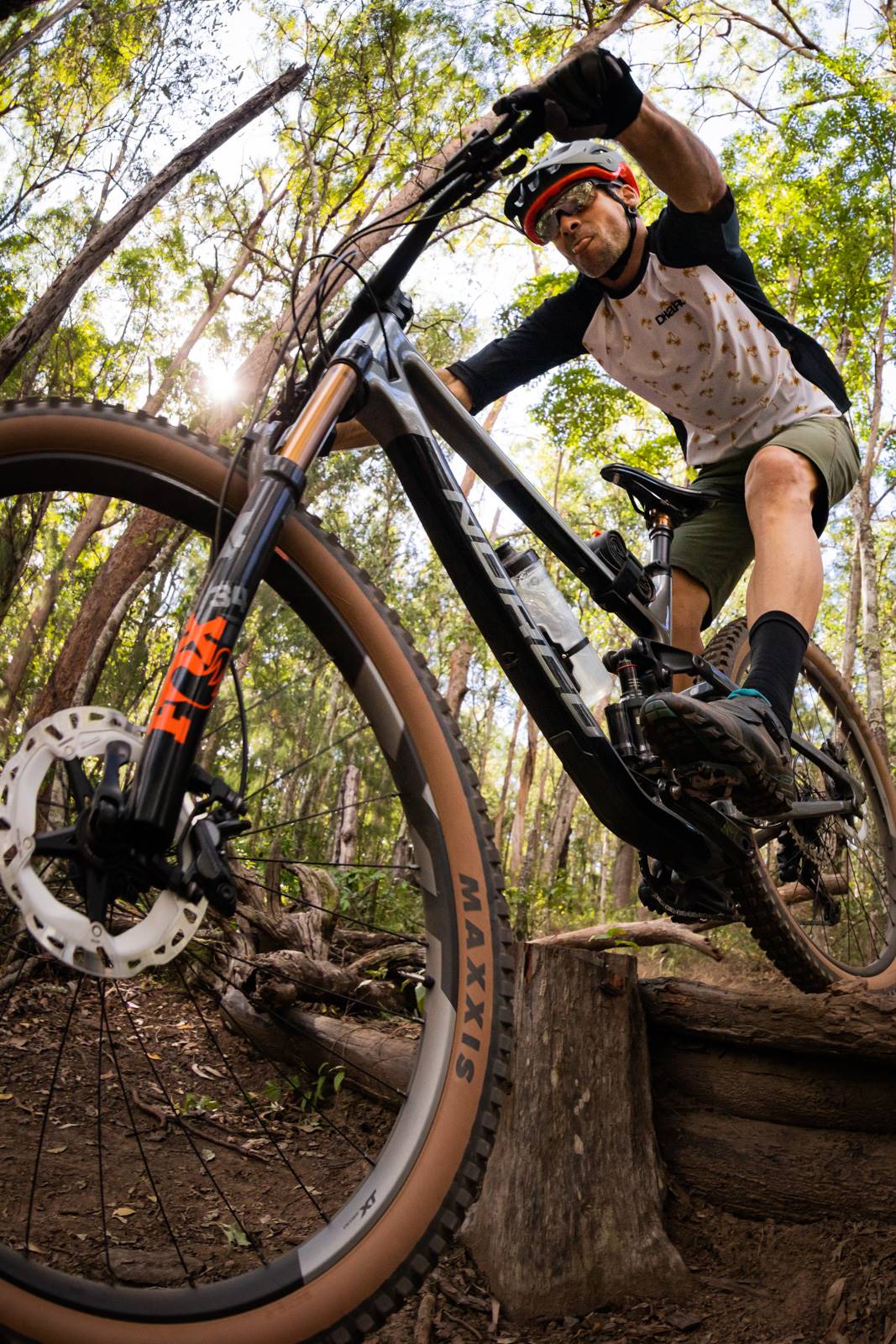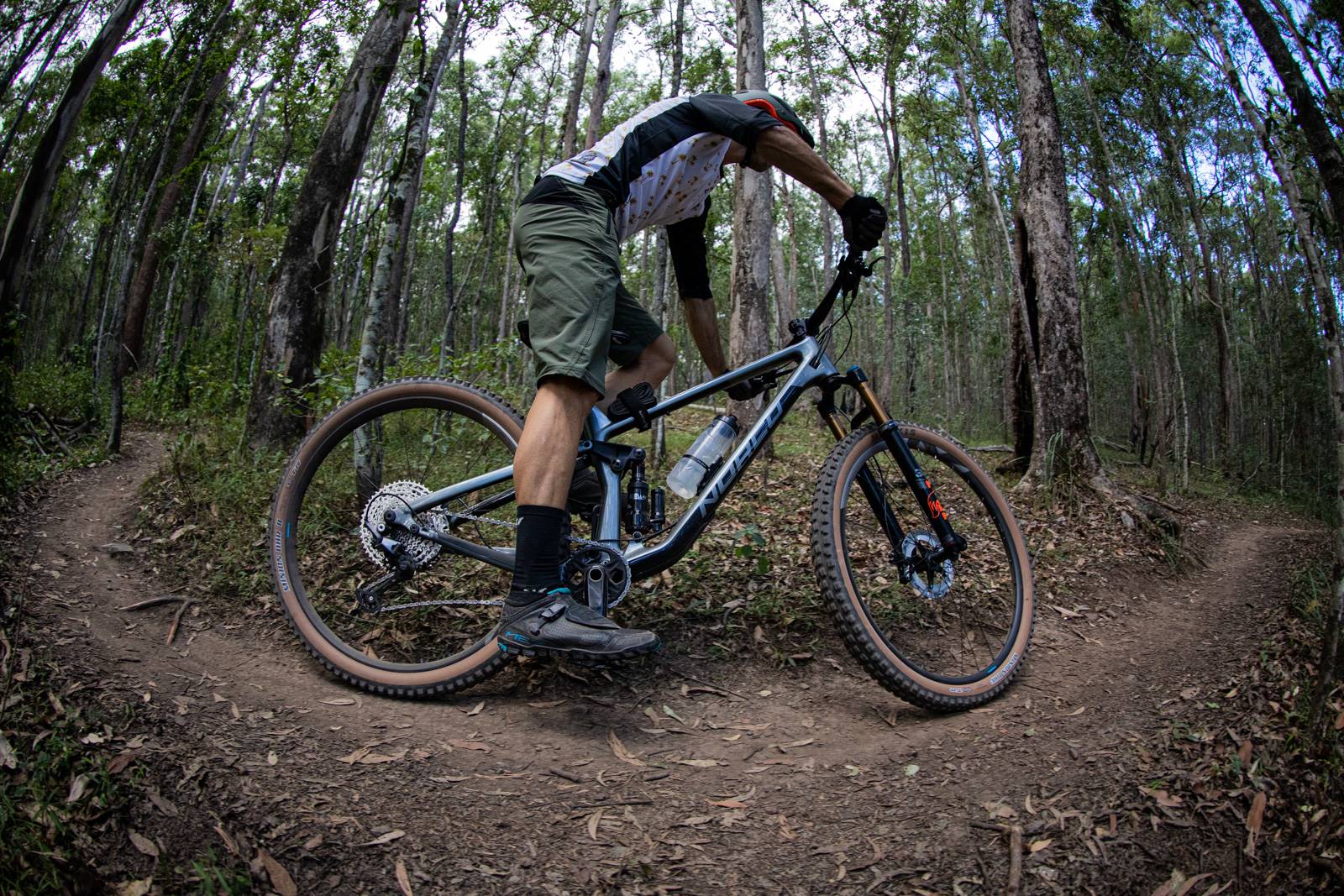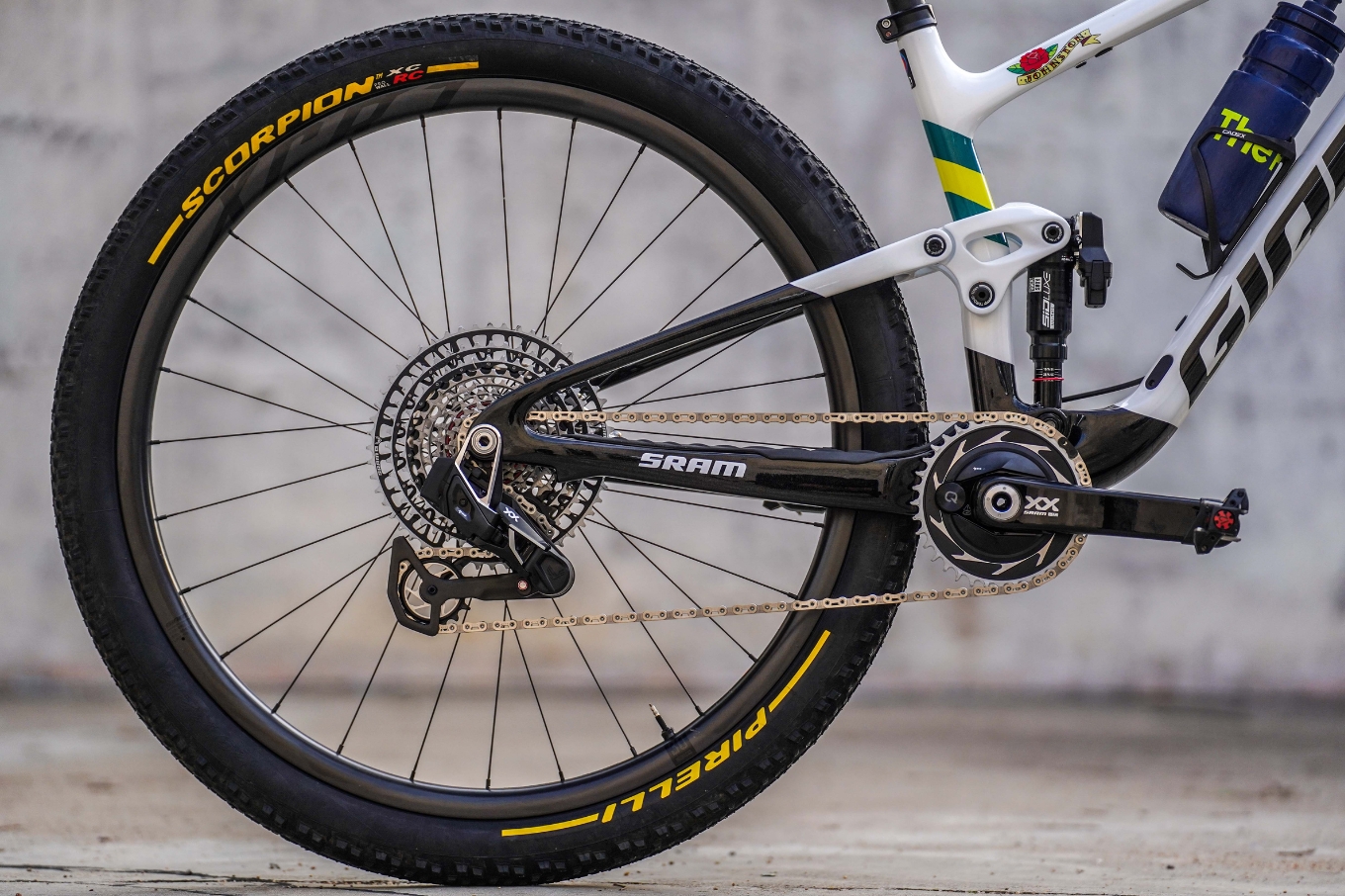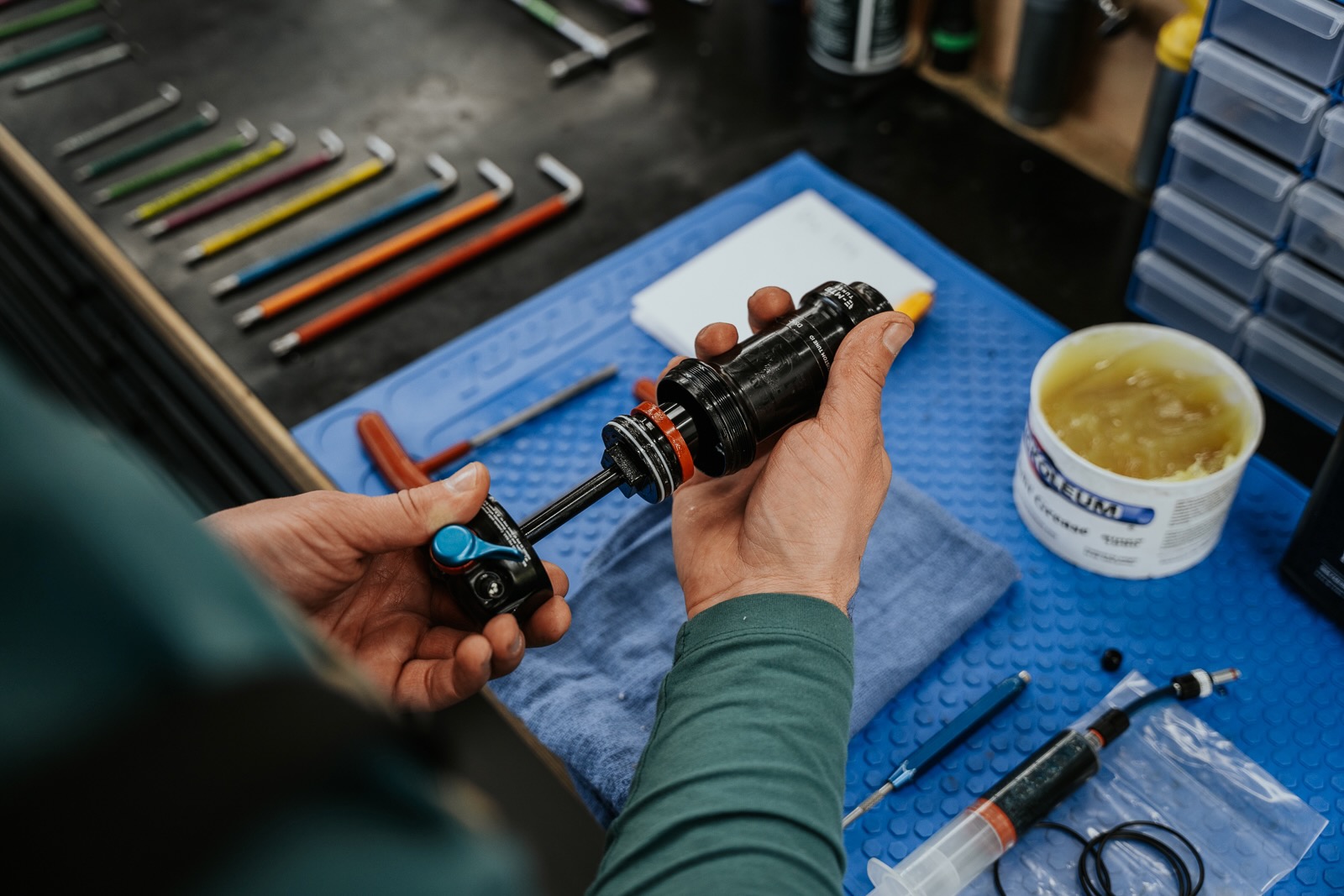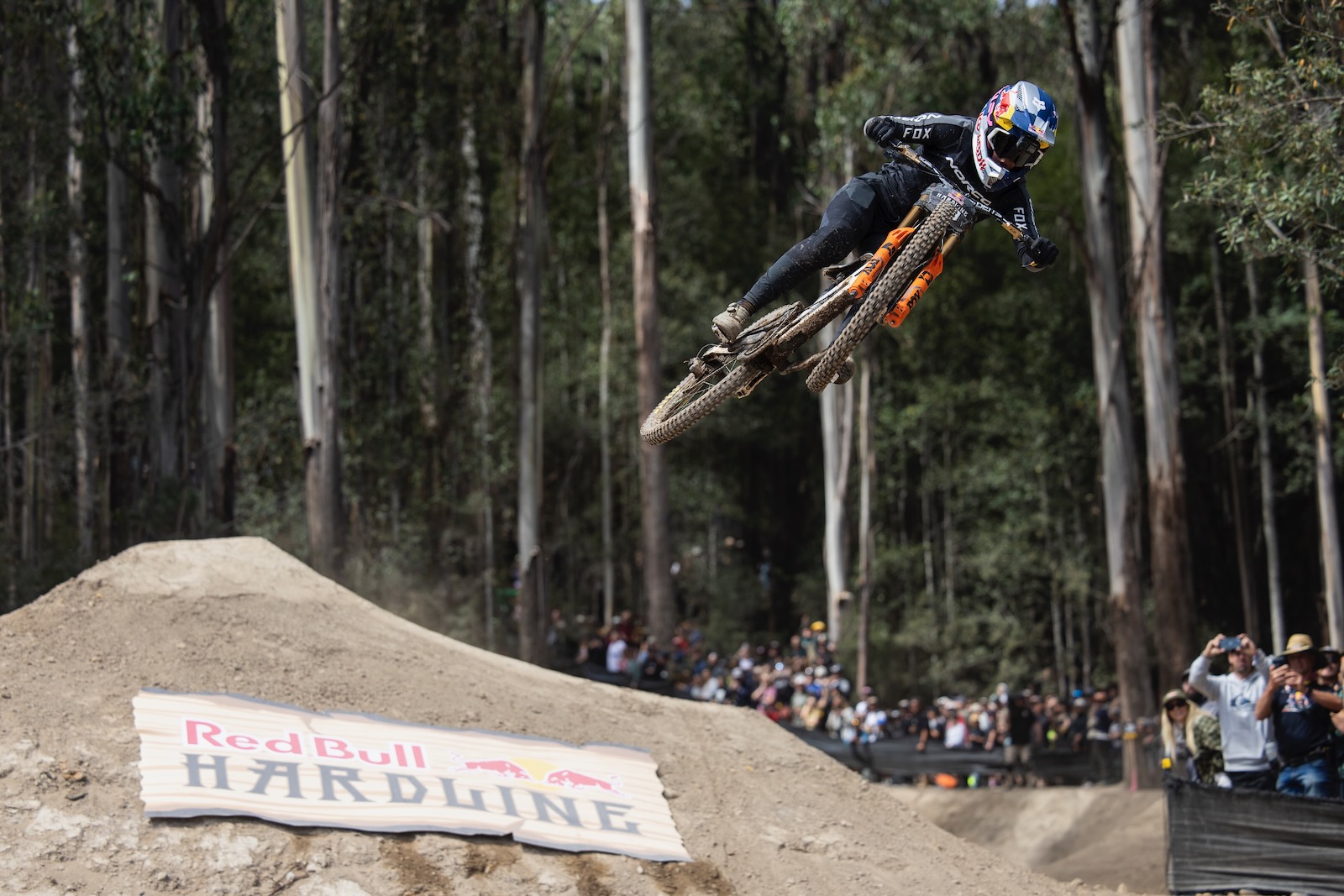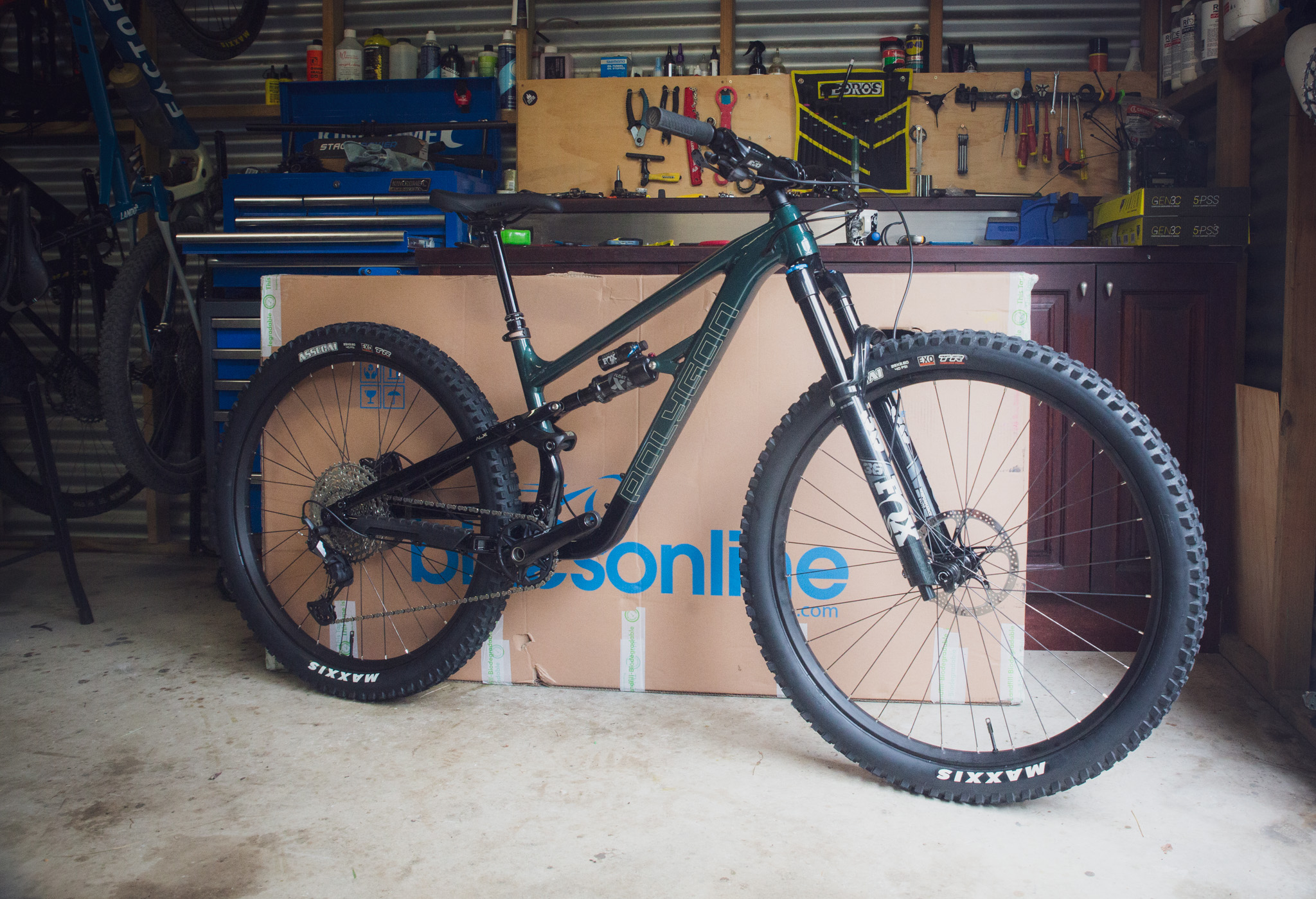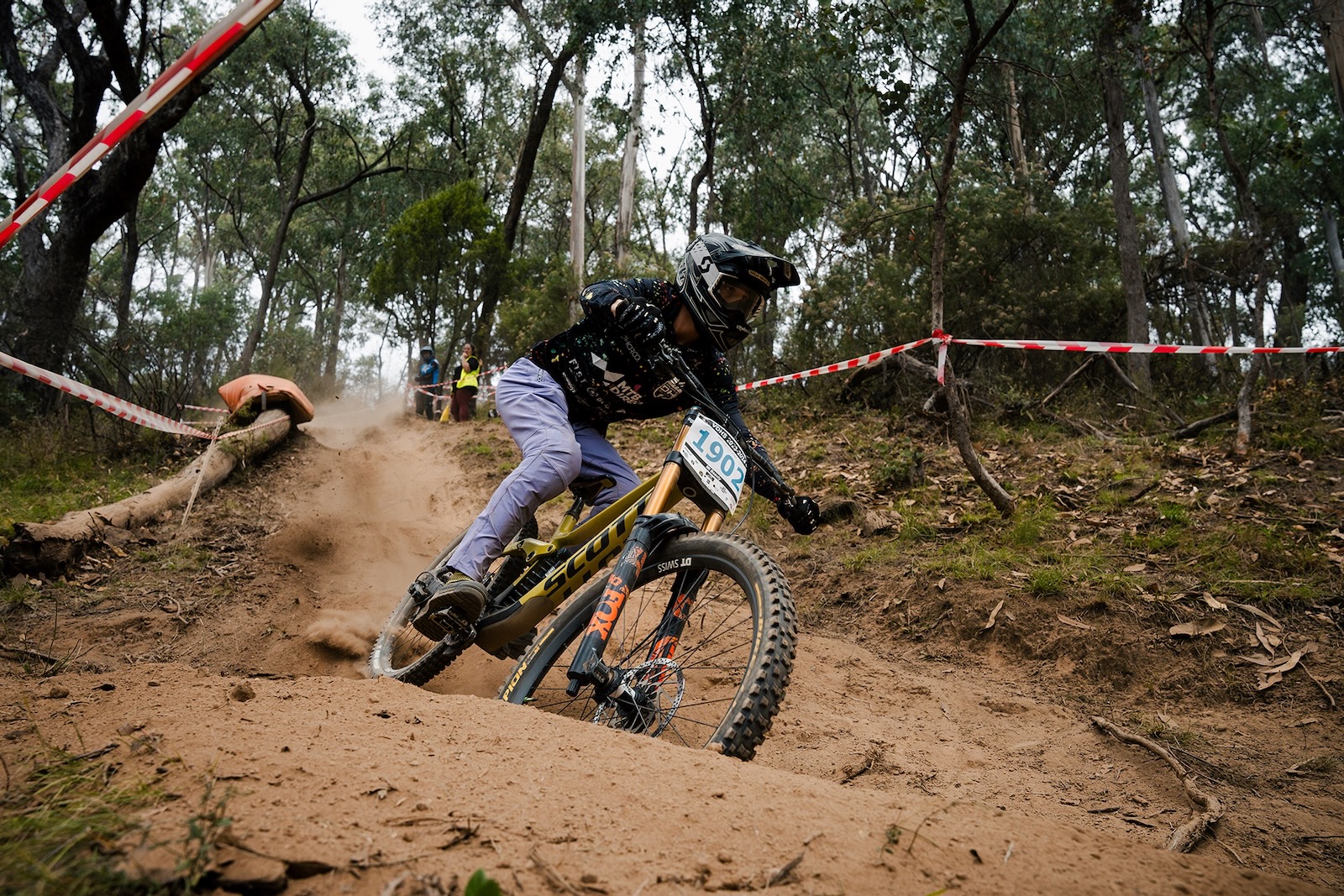TESTED: Shimano Deore M6100 12-speed group set
Does Shimano's lastest budget friendly group set live up to standard set bu the rest of its 12-speed range?
Photos: Colin Levitch
In May this year, Shimano dialled the Deore group set up to 12. But at the same time, they made the Deore group set their biggest mountain bike component range, with 10, 11 and 12-speed variants. I went over the details when the three group sets launched, and you can find the specifics on our website. In a nutshell, 10-speed Deore has a wide 11-46t range, while 11-speed offers 11-51 and 12-speed has 10-51, with just about all the top tech found on the rest of Shimano’s 12-speed family. This means all parts can be combined, so you can match Deore, SLX, Deore XT and XTR throughout your bike, to hit your own performance demands and budgeting.
The big changes are the move to HyperGlide Plus, which makes for faster shifting and smoother engagement through the drivetrain, with a very quiet running chain and chain ring. Deore also gets the new brake lever design for greater stiffness, 2 and 4 piston brake options, iSpec EV mounting, an iSpec EV dropper lever, increased pulley size on the derailleur, and direct mount chain rings for the crank set.
Building up Deore M6100
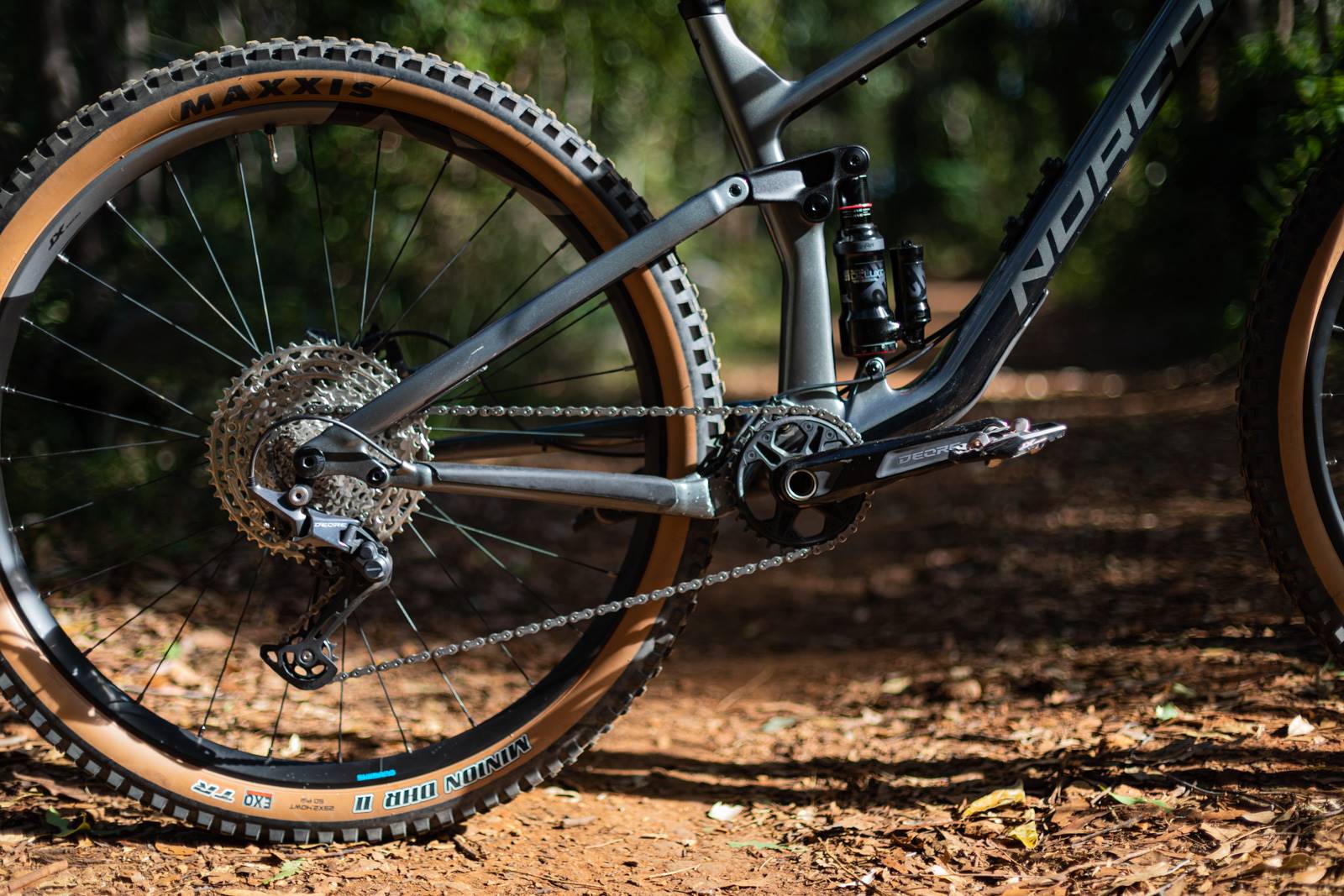
I built up the Norco Optic C3 test bike with a full Shimano Deore M6100 12-speed group set, and rode it for a little over 4 months, right off the back of riding the 12-speed Deore XT and XTR. Out of the box, most of the parts look and feel very much like the parts that sit atop Shimano’s parts hierarchy. The cassette is all steel, and therefore heavier, and the chain lacks the SilTec coating for increased corrosion resistance and smoother running. The cranks aren’t Hollowtech, so they’re a little heavier, and the chain rings are limited to 30t and 32t options. Of course, you can dip into the SLX, Deore XT or XTR range for more gearing options. But Shimano’s Dynamic Chain Engagement+ tooth profile remains – so you’re not losing out on chain retention or how smooth the drivetrain runs.
The whole group set went together very easily, and the return of the Shimano quick link is appreciated! B-tension is set easily via the guide on the back plate of the rear derailleur, and it really is essential to get right for good shifting through the whole range of gears on any 12-speed group set. While the Deore M6100 derailleur doesn’t have an externally adjustable clutch, if you’re tech savvy enough to remove the outer cover, you can adjust the clutch tension to suit your bike and riding. Some people prefer a lighter tension for a lighter lever feel, and this takes just a few more minutes than having the port for adjustments on the higher level rear derailleurs.
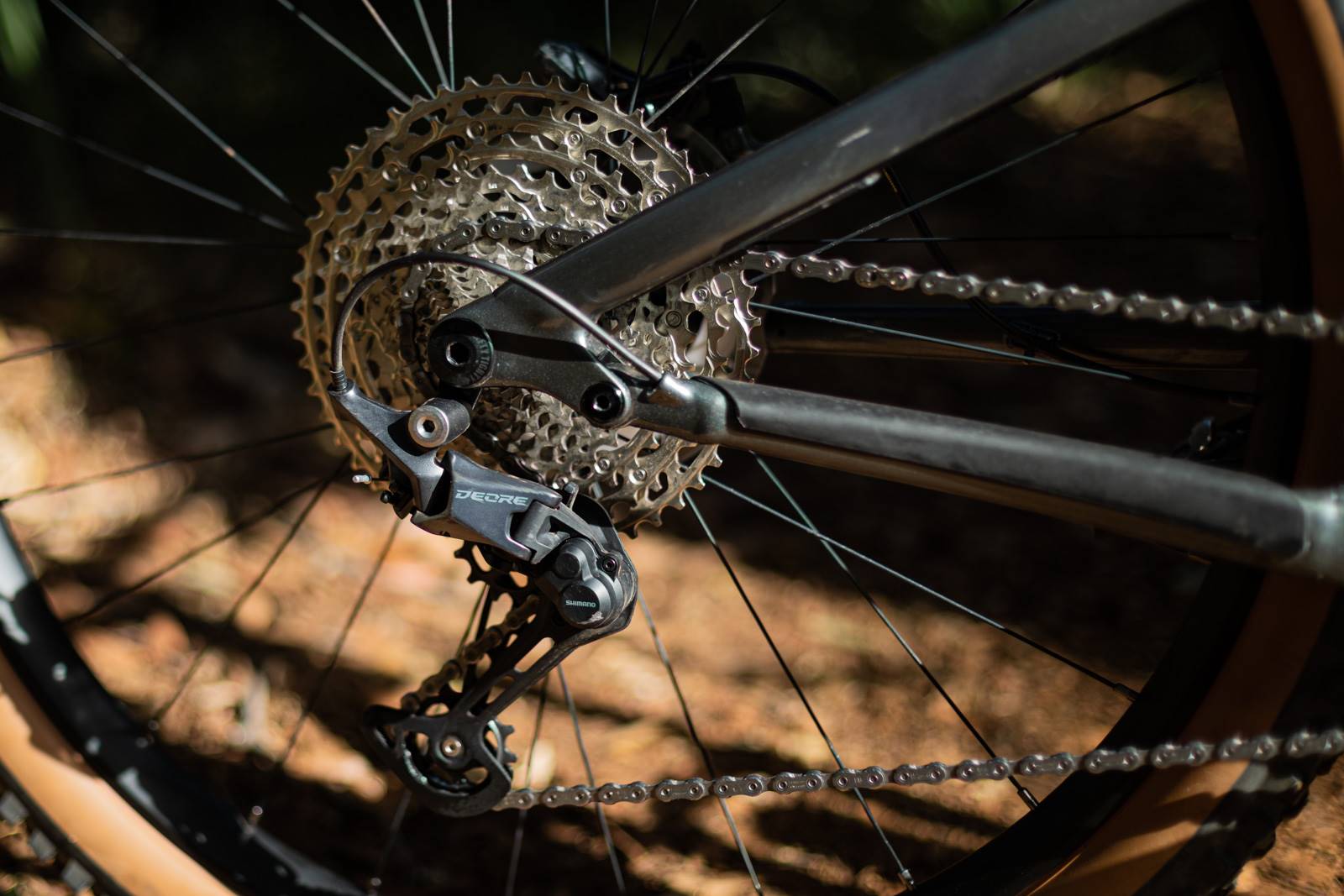
Once built and in the workstand, the Deore 12-speed setup looked just as good as any top spec group set.
On the trail
Rolling out of my driveway, the group set feels like any recent Shimano group set. Finicky riders will pick that Shimano have made the lever blades ever so taller, and that the modulation of the brakes is more progressive, and the lever feel stiffer. But these are all good things!
The most noticeable different compared to Deore’s higher spec brethren was the shifter feel. Not the shift itself, which was smooth and fast given the updated shift ramps and chain plates of the HyperGlide Plus design, but the actual shifter. Compared to Deore XT and XTR on my own bikes, it feels a little softer in the shift. You can shift 3 gears at once, not 4, but you still have the 2-way release option to use the shifter thumb-thumb, or thumb-forefinger. While the iSpecEV mounting has limited rotational adjustments compared to Deore XT and XTR, there is still 14mm in and out board adjustment, and I had no dramas getting the ergonomics just right.
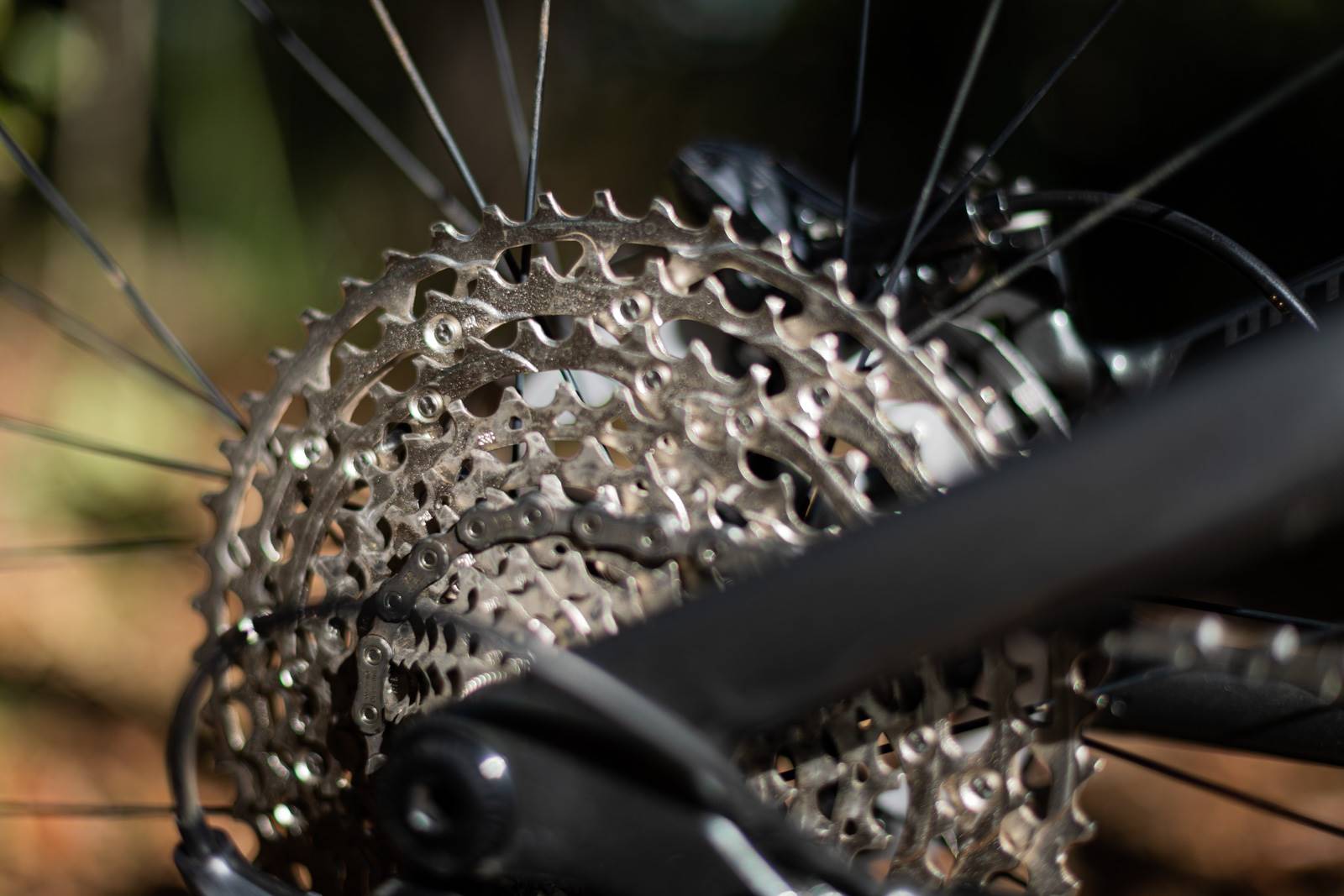
Besides the subtleties of shift feel, my four months on Deore M6100 highlighted what I didn’t notice more than what I did. Far and away, Deore is the best shifting group set I have used at this level of components. It dealt with shifting under load superbly, and that’s exactly what the updated cassette and chain profile has been designed to do – to shift faster and more securely for both up and down shifts.
Braking was very good in the predominantly dry conditions I had for testing, with 180mm IceTech rotors, admittedly from the Deore XT range. The stopping power wasn’t snot rocket strong but you could bump up a rotor size if you were looking at these for a build on an enduro bike. You might also change to sintered pads if you ride in a wider variety of conditions.
The rear mech worked faultlessly, and while it is a bit heavier than the top models and lacks the sealed cartridge bearings in the jockey wheels – so what? The shifting of the group set was top notch, and while adjusting the clutch is a little trickier, it’s not something you really have to do. And if it is, you only do it once. I think especially for those who are wary about the lifespan of derailleurs when riding fast and loose, the fact that this one works so well is a huge bonus.
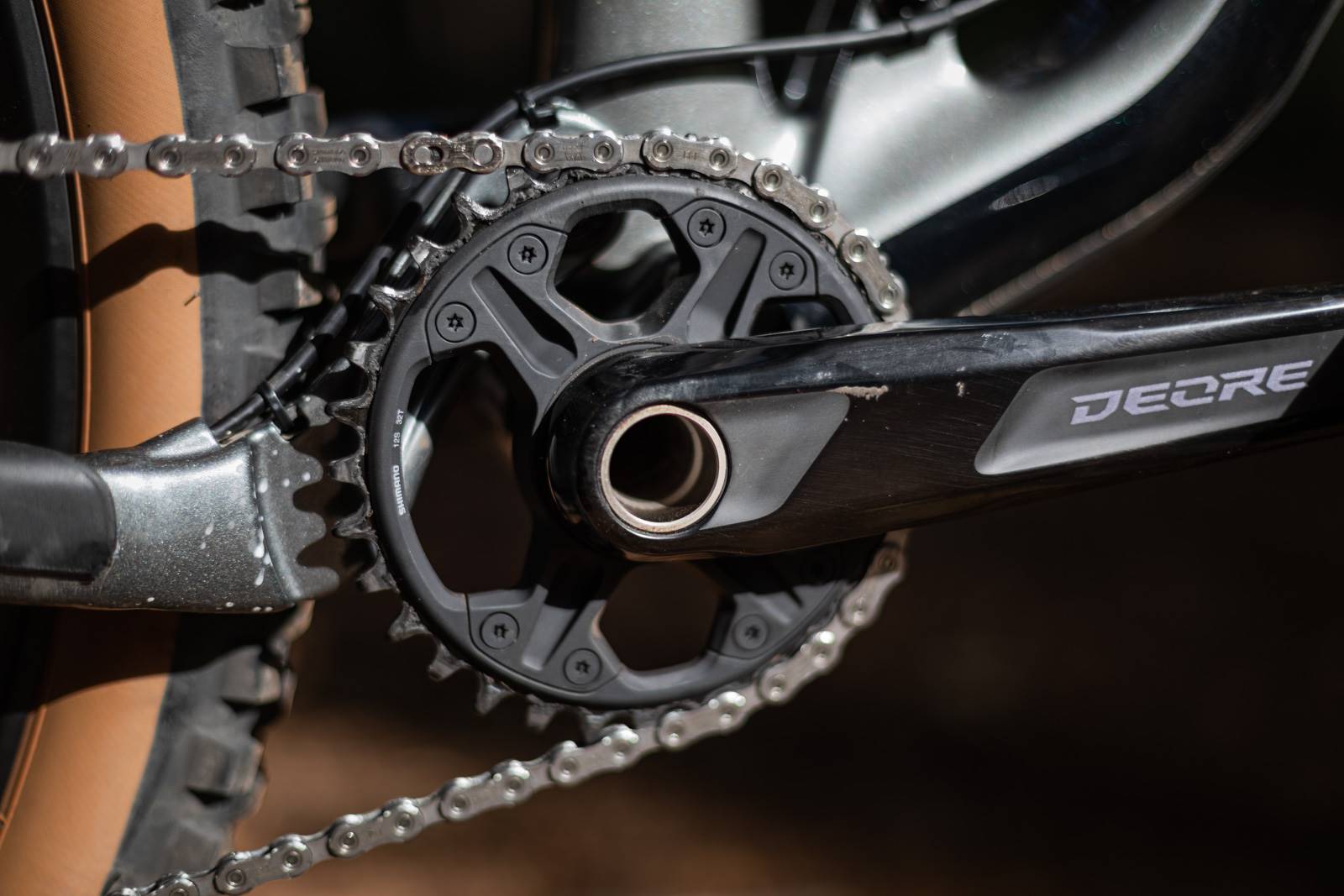
The cranks and ring did leave me wanting, but only because I think the sizing is limited. 170 and 175mm crank options should suit the majority, and there are chainline options for just about any bike. There isn’t a 2x option which is fine – but you can find one in SLX and in Deore 11-speed. The direct mount chain ring looks funny with Torx bolts attaching the ring to the spider. It’s not a serviceable item, but clearly it’s cheaper to produce them this way than once piece. I do think with Deore could have a wider chain ring size option. 30T and 32t are popular, but with a 51t in the back, I would have much preferred a 34t. And if people are using a 27.5” wheeled bike they likely will as well. Those size options are available elsewhere in the Shimano range, and in one piece options from after market suppliers, but I think it would be good to have it as a stock option.
The dropper lever looks and feels identical to the higher spec MT-800 lever but doesn’t run on a bearing. I didn’t notice. It still falls to hand and worked faultlessly.
Clean up and wrap up
After 4 months of riding, I probably cleaned the bike 4 times, with a hose and bucket. I made one or two slight adjustments to cable tension, and cleaned the drivetrain when cleaning the whole bike. There was just about zero signs of use on the whole group set – save for the chain. Without a coating on the chain it will corrode a little faster if left wet, and there were some very light marks from that when my bike stayed wet after a slightly moist ride. It cleaned up fine, but it’s something that the higher end chains don’t do.
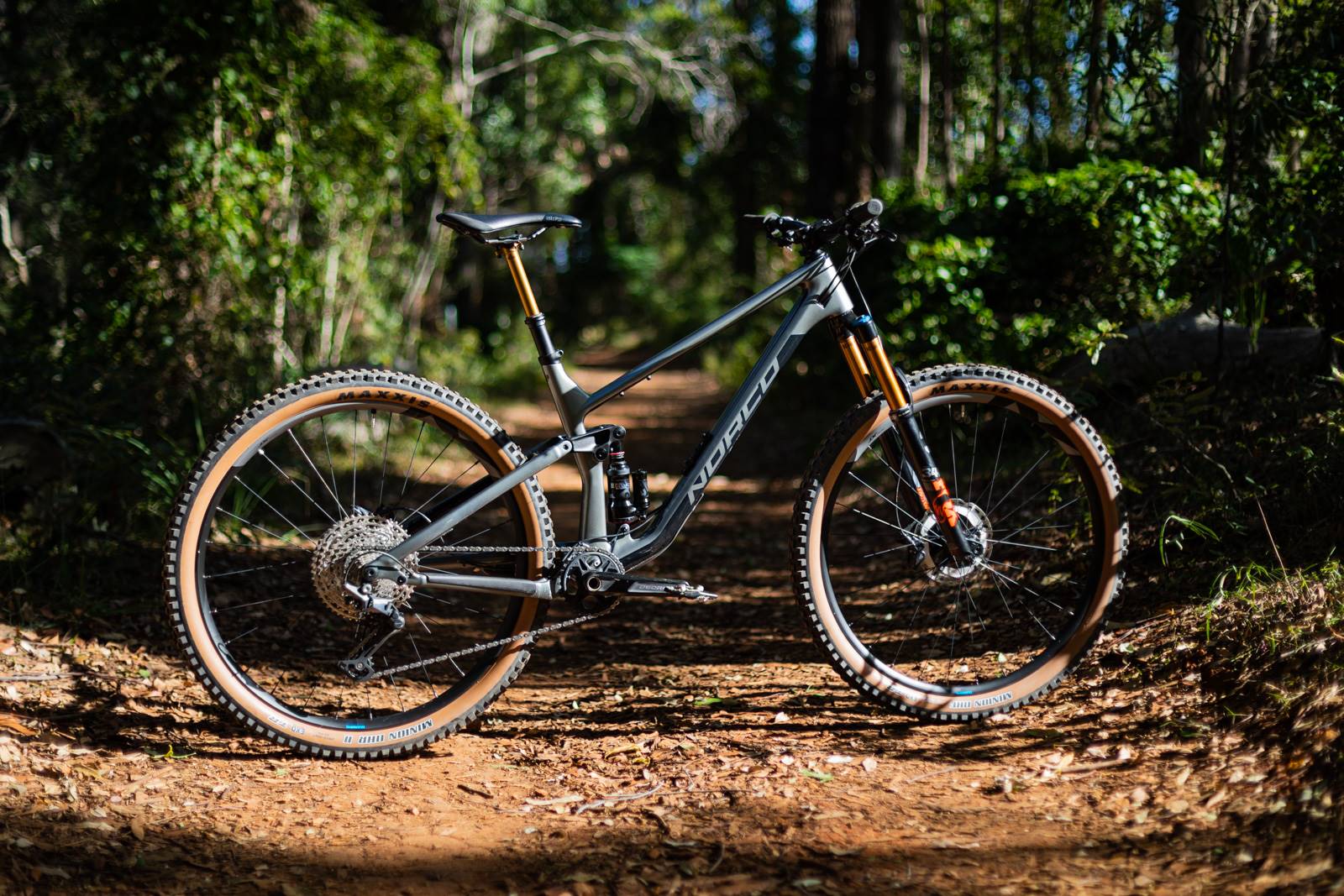
As a complete 12-speed group set I am thoroughly impressed. As it stands, I still think Deore XT is the bench mark 12-speed mountain bike group set. But With Deore 12-speed there are some items that really make sense for those who don’t want to sink a huge budget into their group set – especially for parts that will wear out. One bugbear is the need for a Microspline rear freehub. There are way more options available this year than last, but if you’re looking at a group set upgrade it is worth checking out what is possible with your rear wheel or hub.
A lot of 2021 bikes will come built with Deore parts in 12, 11 or 10-speed variants, and I think that is a very good thing. This Deore M6100 12-speed group set hasn’t missed a beat through months of use, and if I was to be building up a trail bike I’d likely run quite a few Deore 12-speed parts with a few select upgrades for product life and feel, like an XT shifter, SLX crank set and chain ring and XTR chain. This is a superb group set and one that suits a huge range of mountain bikers, from bikepackers through to bike park bandits. Shimano may be been a little late to the 1x and 12-speed party, but with the addition of Deore 12-speed to their top group sets, they cover a very wide budget range with top level performance.
RRP: $921 as tested
From: shimano.com.au
Hits:
– Wide 1x gear range
– Great ergonomics
– Low fuss with top performance
Misses:
– New freehub!
– Limited chain ring sizes within the group
